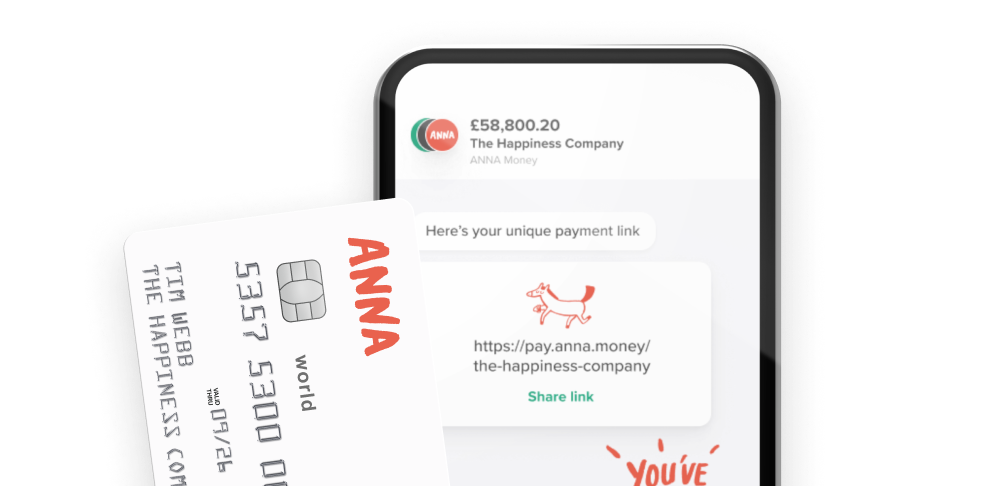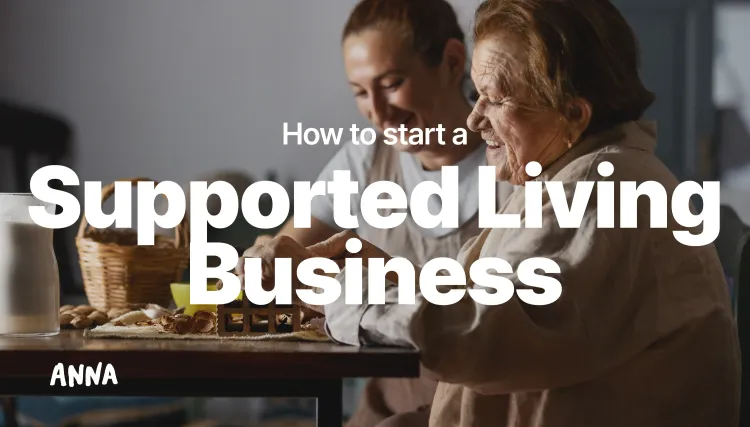Spring Statement 2025: What does it mean for small businesses?

Chancellor Rachel Reeves’ Spring Statement 2025 brings changes that will directly affect small UK limited companies, sole traders, employers with employees, and anyone doing self-assessments. Because we like to make life easier for you at ANNA, our resident accountant Aftab Hussain sat through the whole thing, so he could boil down the key measures and how they’ll impact you.


If you’re an employer with employees
From April 2025, payroll costs will rise:
- National Insurance Contributions (NICs): Stays at 15% (no change from Autumn 2024), but the Secondary Threshold drops to £5,000 from £9,100. This means that for an employee earning £30k, National Insurance Contributions jump from £2,862 to £3,750 – that means extra costs per employee.
- Employment Allowance: Rises from £5000 to £10,500, wiping out NICs for firms with bills under this limit (e.g. two £30,000 earners would be fully covered).
- National Living Wage (NLW): Up to £12.21 an hour from £11.44. A full-time worker’s annual pay on the NLW rises from £22,308 to £23,810.
Impact: Small employers face tighter margins – e.g. a three-person team will likely cost thousands more.
If you run a small Limited Company
Employee costs will climb as above, plus:
- No NICs Rate Hike: Stays at 15%, but the £5,000 threshold increases bills. The £10,500 Employment Allowance will help smaller firms who only have a couple of employees.
- Frozen Tax Thresholds: Static until 2028, which means taxing more profit (e.g. dividends) as inflation rises, which will reduce take-home earnings.
- HMRC Enforcement: Extra tech funding means sharper audits – sloppy records could result in fines.
Impact: Companies with staff will see payroll pressures, and all businesses face profit erosion and compliance risks.
If you’re a sole trader or pay via self assessment
Your wallet takes a hit:
- Tax Thresholds: These are frozen until 2028. A £30,000 earner pays tax on £17,430 now, but will pay more next year as inflation (3.2% in 2025) lifts income, nudging you toward higher rates.
- Universal Credit: Standard allowance rises from £92/week to £106 by 2029/30, but new claimants will lose half the health element (£50/week) from April 2026, frozen until 2030. Existing claimants see it stagnate.
- PIP (Personal Independence payment: Stricter rules from November 2026 could cut annual support, which will reducing cash flow.
Impact: Higher taxes and less benefit support mean leaner finances, especially for traders with health issues.
The Spring Budget 2025 hits hard, with higher payroll costs for employers and shrinking benefits for sole traders. The Employment Allowance increase to £10,500 is a lifeline for small teams, but frozen tax thresholds mean everyone's paying more as inflati
Tax tips for planning ahead
- Maximise Employment Allowance: If you’re an employer with NICs under £10,500, claim this from April 2025 to wipe out your bill – check your eligibility now (e.g., no sole director companies) and adjust payroll forecasts.
- Boost Pension Contributions: Sole traders and individuals can cut taxable income by paying more into a pension – up to £60,000 annually gets tax relief. Do it before income hits higher bands with frozen thresholds.
Read the latest updates
You may also like
Open a business account in minutes



![How to Start a Currency Exchange Business in the UK [Guide]](https://storage.googleapis.com/anna-website-cms-prod/medium_Cover_3000_Landscaping_Business_Names_Creative_Name_Ideas_daad2f9e2a/medium_Cover_3000_Landscaping_Business_Names_Creative_Name_Ideas_daad2f9e2a.webp)




![140 Creative Tutoring Business Names [Ideas & Examples]](https://storage.googleapis.com/anna-website-cms-prod/medium_Cover_3000_Landscaping_Business_Names_Creative_Name_Ideas_d7964059b3/medium_Cover_3000_Landscaping_Business_Names_Creative_Name_Ideas_d7964059b3.webp)

![How to Start a Self-Employed Business in the UK [Guide]](https://storage.googleapis.com/anna-website-cms-prod/medium_Cover_3000_Landscaping_Business_Names_Creative_Name_Ideas_fe5b6edef1/medium_Cover_3000_Landscaping_Business_Names_Creative_Name_Ideas_fe5b6edef1.webp)
![How to Start an Electrician Business in the UK [Guide]](https://storage.googleapis.com/anna-website-cms-prod/medium_Cover_3000_How_to_Start_a_Car_Detailing_Business_Successfully_74488a6268/medium_Cover_3000_How_to_Start_a_Car_Detailing_Business_Successfully_74488a6268.webp)


![What Is a Charge on Companies House? [Fully Explained]](https://storage.googleapis.com/anna-website-cms-prod/medium_cover_3000_What_Is_a_Charge_on_Companies_House_Explained_3e413b0cc7/medium_cover_3000_What_Is_a_Charge_on_Companies_House_Explained_3e413b0cc7.webp)










